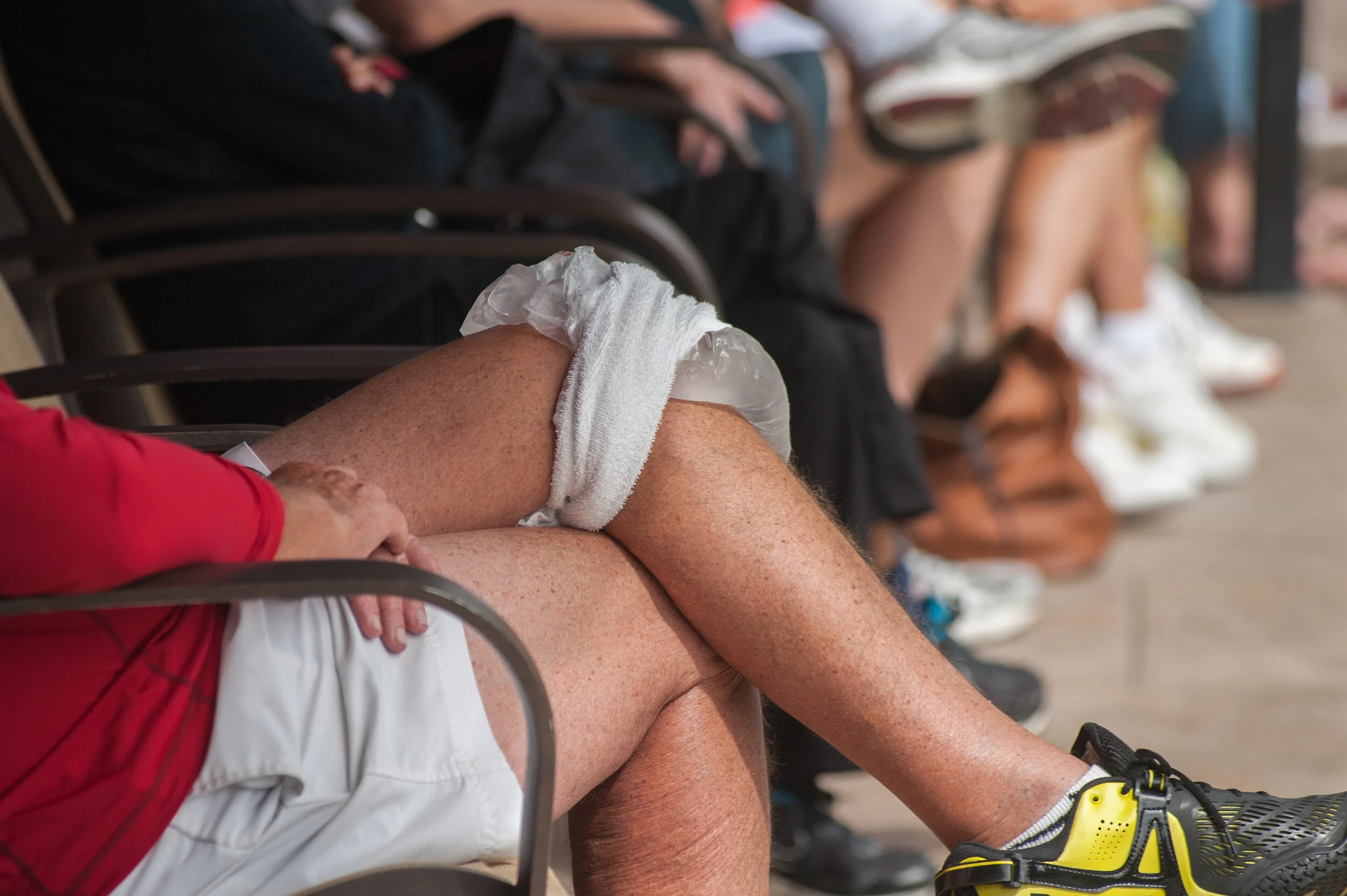Do I Need Surgery For a Meniscus Tear?
Across the wide world of sports, a Meniscus Tear is one of the most common knee injuries.
Whether it be our cutting and running sports like soccer and football, running and jumping sports like basketball and volleyball, racing sports like alpine skiing, or even putting-the-ball-in-the-hole sports like golf, meniscus tears are an almost omnipresent reality.
Let’s talk briefly about the meniscus on today’s Sports Medicine Minute.
What is the Meniscus?
The Meniscus is the C-Shaped Piece of Cartilage That Acts As a “Cushion” for the Knee
The meniscus is a c-shaped piece of cartilage in the knee that consists of fibrocartilage, a very tough (but pliable) material. The meniscus can be considered the "cushion cartilage" of our knee. Think of it as a shock-absorber, of sorts.
Some facts about the meniscus:
The medial meniscus is located on the inside of the knee (towards the middle of the body).
The lateral meniscus is located on the outside of the knee.
The lateral and medial meniscus also help nourish the articular cartilage through their rich blood supply. This blood enhances the ability of the cartilage to repair itself.
Why Do Meniscus Tears Happen?
When you walk or run, you are actually placing two to eight times your body weight on the knee joint. It is the job of the meniscus to absorb this weight and distribute it evenly throughout the joint.
In some ways, this injury has what can be a significant"wear-and-tear" component to it. As we age, our menisci lose water and elasticity.
As a result, younger people have tough menisci, and usually injure them in a "twisting injury."
Whereas, our aging population can injure the meniscus doing something as simple as picking a golfball from a hole. The bottom line: the older you are, the easier it is to tear the menisci.
How Can You Tell if You Have a Meniscus Tear?
After a meniscus tear, many people will complain of what we canll “mechanical symptoms.”
What are mechanical symptoms?
Swelling
Locking
“Catching”
“Giving out on you”
These are all signs that the meniscus is torn and is “flipped up”, causing it to be stuck. You might be able to wiggle it, after which it feels better for a while. However, the torn meniscus will flip back up again and again, and continue to give you problems.
So if I have a 38-year-old athlete come in to my office complaining of locking, catching, and swelling of the knee…well I can be pretty darn sure I’m looking at a meniscus tear.
Do You Need Surgery For a Meniscus Tear?
Surgical treatment for a meniscus tear often involves what we call arthroscopy.
With this procedure, the surgeon makes small incisions in the knee to insert the camera into the injured joint.
One surgical option for meniscus injury treatment is a partial meniscectomy. During a partial meniscectomy, the surgeon removes the part of the meniscus that is damaged and cannot be repaired.
Meniscus Repair Options
Another surgical option is called a meniscal repair, in which the surgeon uses sutures to sew the edges of the meniscus back together.
Generally, meniscal repair is the preferred option for surgeons because it will allow more normal function of the knee and protect the articular cartilage than if part of the meniscus is removed altogether.
Meniscal repair is also more commonly used for younger patients whose menisci haven’t degenerated. If you are a young female athlete and you need surgery for your meniscus tear, it could be a good option.
A third option for surgical meniscus injury treatment is transplantation, in which part of another person’s meniscus replaces the removed meniscus. This treatment is still in the exploratory and experimental stage.
Think You Have a Meniscus Tear? Have it Looked At By A Sports Medicine Specialist
So if you are experiencing the mechanical symptoms we talked about above, go in and have it looked at by a specialist, who can give you specific options for your specific injury.



